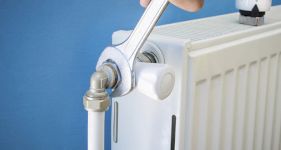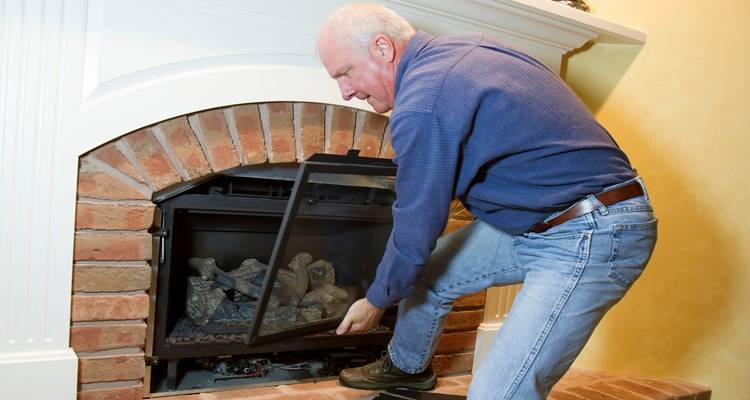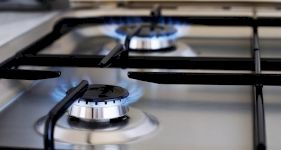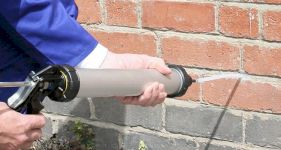Radiator Installation Guide
Interested in learning more about radiator installations?
In this guide, we'll go over everything you need to know including radiator installation costs, the different types of radiator you can get for your home, how to install a radiator, and what to look out for when getting quotes from tradespeople.
Let's get started.
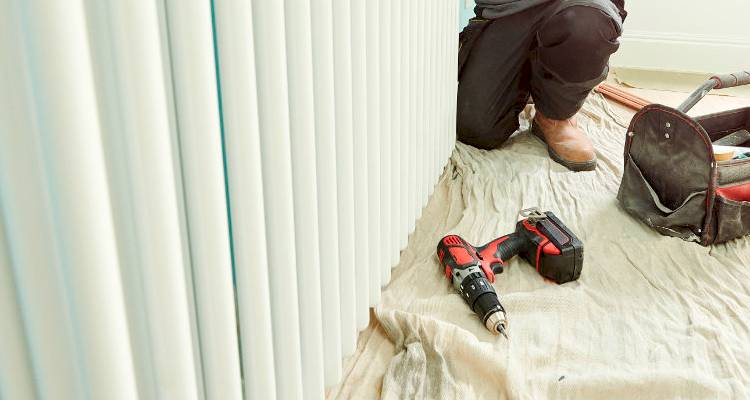
Table of Contents
- What is a Radiator Installation?
- Types of Radiator
- How Much Does It Cost to Install a Radiator?
- How to Install a Radiator
- How Long Does It Take to Install a Radiator?
- Building Regulations or Planning Permission Approval for Radiator Installation
- How to Maintain a Radiator
- Radiator Repairs
- Questions to Ask When Hiring a Radiator Specialist
- FAQs
What is a Radiator Installation?
Raditor installation is the process of fitting a new radiator in your home.
You may want to do this for a number of reasons:
- You want to replace an old radiator with a newer, more energy-efficient model.
- You want to move a radiator out of a room, and into another.
- You want to add new radiators to a room to provide extra heat.
Depending on the type of installation, you may need to have new pipework installed behind the wall, which feeds into the new radiator.
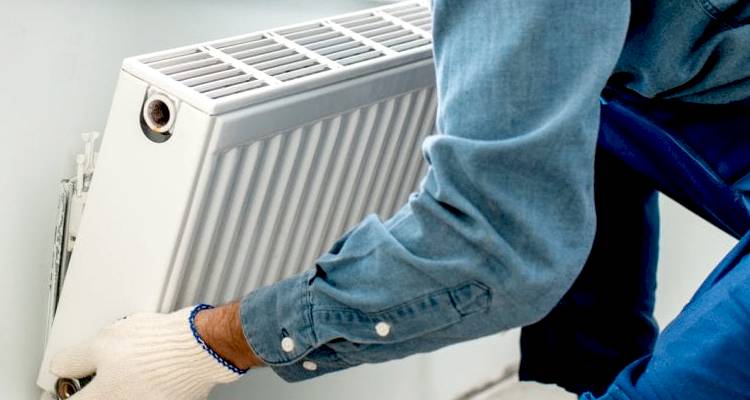
Types of Radiator
There are several different types of radiators that you can get installed at your home:
Central Heating Radiators
Central heating radiators have the highest heat output of all plumbed radiators, and benefit from being extremely energy-efficient.
This type of radiator uses corrugated panels that radiate heat out into the room. You can choose from single-panel or double-panel radiators.
Single-panel radiators are best for small rooms, and double-panel radiators are best for larger rooms, as they produce more heat.
Pros
- ✔ Very energy-efficient, and quick to heat
- ✔ Available in single or double panels
Cons
- ✖ Double panel radiators can be bulky in small rooms
- ✖ Needs a central heating connection
Column Radiators
Column radiators are great for providing a traditional, period aesthetic to your home.
If you live in an older home, or if you're looking to make your home feel more traditional, a column radiator could be the perfect option.
These radiators are very similar to cast-iron radiators, which were most common during the Victorian era. The modern version of these column radiators provides that same traditional look as the original cast-iron radiators, but they offer much greater efficiency than the older models.
Pros
- ✔ Traditional, period style
- ✔ Good heat output relative to their size
Cons
- ✖ Not suitable for all home decor
- ✖ Can be bulky
Designer Radiators
A designer radiator can act as a source of heat as well as home décor.
Designer radiators are great for adding a modern, contemporary flair to any room in the house. They can create an incredibly stylish look and can fit into the décor of your home.
However, they tend to be quite expensive, so they're not a great option if you're on a tight budget.
Pros
- ✔ Dual-purpose options, such as mirrors and memo boards
- ✔ Stylish, with sizes to fit any home
Cons
- ✖ More expensive than traditional radiators
- ✖ Might not be as energy efficient as other styles
Vertical Radiators
Vertical radiators are very convenient as they can usually fit perfectly into small spaces.
If you have a small room to heat up, a vertical radiator is a perfect option, as it takes up much less space than a horizontal radiator.
Pros
- ✔ Space-saving design
- ✔ Can serve as a design feature
Cons
- ✖ Unable to conceal
- ✖ Might not suit traditional or period home décor styles
Cast Iron Radiators
Cast iron radiators are mostly found in period homes and fit in well with the traditional look of a period home.
A cast iron radiator takes much longer to heat up and cool down than other radiator models. This allows them to keep the heat in the room for much longer after you've turned the heating off, making them great for rooms with high ceilings.
Pros
- ✔ Can retain heat well over long periods of time
- ✔ Useful for homes with high ceilings
Cons
- ✖ Can be much slower to heat up compared to modern radiators
- ✖ Can become succeptible to corrosion over time
Flat-Panel Radiators
Flat-panel radiators are light and compact, and can fit into most rooms without taking up a large amount of space.
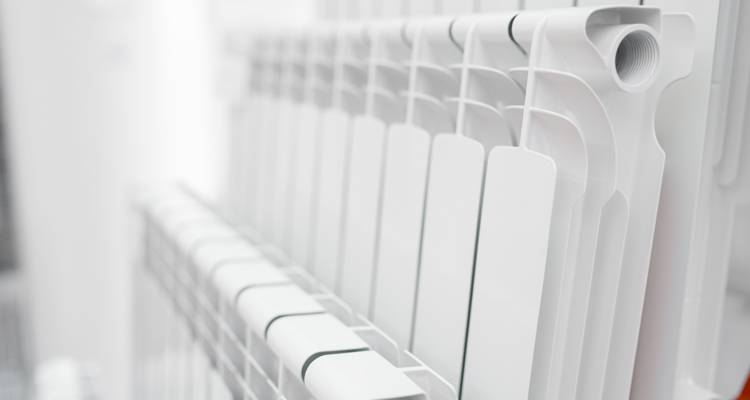
Flat-panel radiators come in a number of sizes to suit most rooms, are relatively efficient, and heat rooms well.
Pros
- ✔ Compact, lightweight, and easy to install
- ✔ Cheap to buy and install
Cons
- ✖ Designs are often plain
- ✖ Heat output can be lower than other radiator types
Stainless Steel Radiators
A stainless steel radiator has a unique look which can enhance your home's décor.
They're available in a range of colours and sizes, and are easy to maintain. Unlike other metals, stainless steel won't corrode, so these radiators are guaranteed to last a long time.
Pros
- ✔ Stylish, modern look
- ✔ Easy to maintain and resistant to corrosion
Cons
- ✖ Might not suit traditional decors
- ✖ Often has a higher cost than other radiators
How Much Does It Cost to Install a Radiator?
The overall cost you'll pay for radiator installation will depend on many factors:
- The type of radiator you're installing.
- Your location (labour costs in London and the surrounding areas will be more than in the north of the UK).
- The job's complexity (e.g., if any extra plumbing work is required).
Removing and replacing an old radiator with a new one is a simple job that can be completed in a couple of hours.
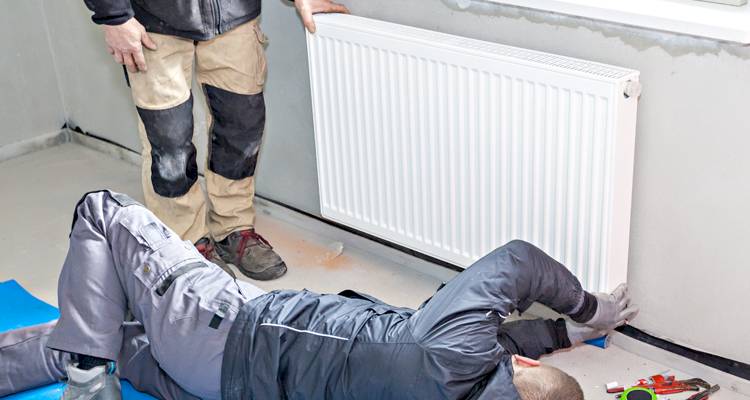
The average cost to remove and replace a radiator is around £200 per radiator.
However, if there is extra plumbing involved, then you may have to pay more for the extra materials and the extra time that this will take.
If you're looking to move a radiator from one part of the room to another, this will cost around £275.
However, this cost will depend on the type of radiator, the difficulty of the job, and the amount of extra plumbing work that may be needed.
If your radiator has stopped working or isn't heating efficiently, then you may just need to bleed your radiator. This is quite a simple task that can be done as a DIY job, however, some homeowners prefer to leave this task to a professional.
The average cost of hiring someone to bleed your radiators is around £100.
How to Install a Radiator
If you are simply performing a radiator removal and replacing an old radiator with a new one, this is something that can be done as a DIY job.
However, if there is any additional pipework involved or if you intend to make any changes to the central heating system, then this will need to be performed by a professional plumber.
Some jobs require a Gas Safe registered engineer – especially if there is any work to be done on your gas boiler.
To find out how to install a radiator safely and easily, take a look at our how-to guide.
How Long Does It Take to Install a Radiator?
The time it takes to install a new radiator will depend on a few factors:
- Type of radiator installation
- Ease of access
- How many radiators are being installed
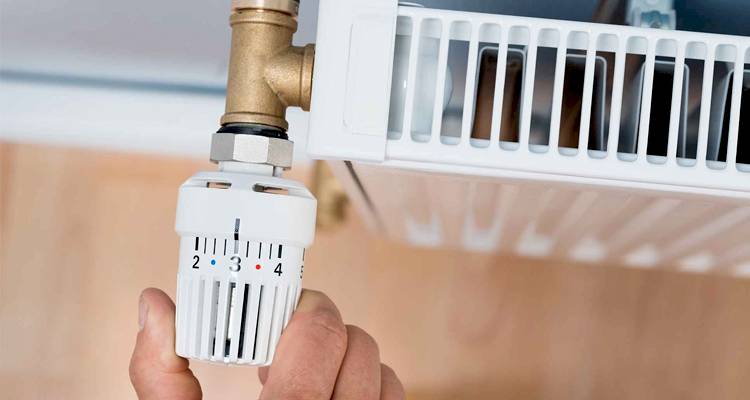
If you're planning on removing a radiator and replacing it with a similar radiator, this can usually be completed within a couple of hours.
An additional radiator installation with extra pipework could take around half a day to a full day.
And, if you're replacing all the radiators in your home, this will usually take between 1 to 2 days, depending on how many radiator replacements are needed.
Building Regulations or Planning Permission Approval for Radiator Installation
In most cases, you won't need planning permission or building regulations approval to replace a radiator.
However, if you're installing a new radiator in your system, rather than swapping like-for-like, then you may need building regulations approval. Your plumber should be able to advise you on whether this is necessary for your particular radiator installation.
If you are unsure whether you might need building regulations approval, then it is best to seek advice from your local authority before going ahead with the work.
How to Maintain a Radiator
Maintaining a radiator is fairly simple - they don't need much attention, but a few checks once a year can help them to stay in the best condition.
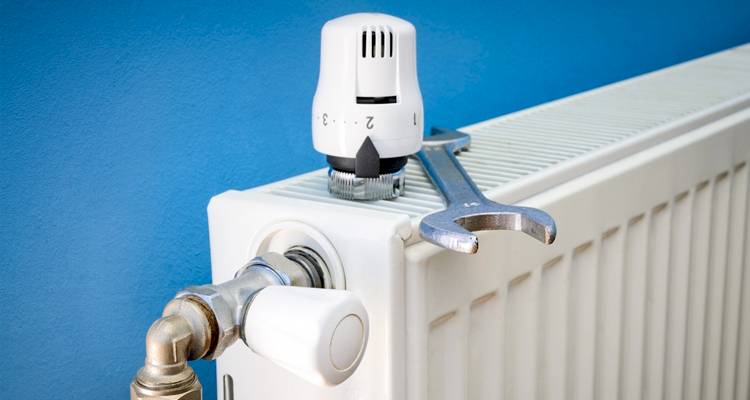
- Bleeding your radiators - Releasing trapped air from your radiators will ensure that hot water circulates properly. Here's how to bleed your radiators at home.
- Identifying leaks quickly- Notice a leak coming from your radiator? It's best to act fast to avoid moisture damage and turn off your central heating until you've identified the source of the leak.
- Regular cleaning - Removing dirt and dust from your radiators will make sure they perform at peak efficiency.
Radiator Repairs
Radiators will sometimes require some minor repairs. Here's a list of common radiator problems and the best way to fix them:
Cold Spots
If your radiator is cold at the top but hot at the bottom, this is a sign that there is air trapped in it, and you will need to bleed it.
Creaking Pipes
Creaking pipes are usually caused by the pipes expanding due to hot water and rubbing against the wall, floor, or other pipes.
The best way to resolve this is to widen the pipe notches in the joists, clip any unsupported pipes, or pack insulation between and around each pipe.
Humming Sounds in Pipes
Humming sounds coming from the pipes could mean that the pump speed is too high, or that your pipes are too narrow for the flow.
In these cases, it's best to call an engineer to come and inspect your pipework and determine an appropriate solution.
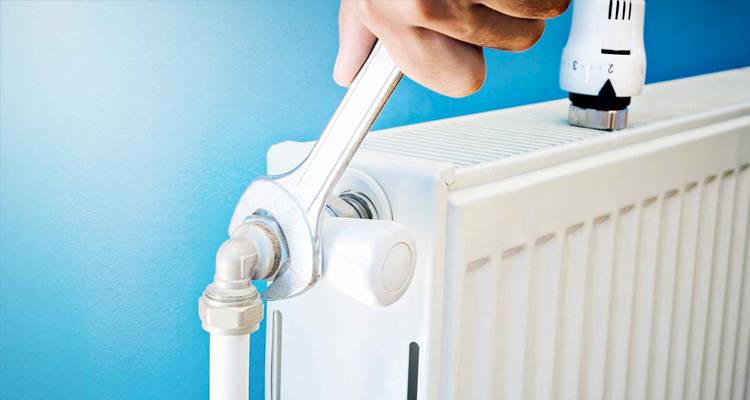
Rushing Sounds in Pipes
If you hear rushing sounds in your pipes, this could be due to gas or air bubbles in the system.
The best course of action is to bleed all of the radiators in your system. If the problem persists after you've done this, you'll have to call an engineer to come and inspect your system.
Radiator is Completely Cold
If one of the radiators in your system is completely cold, this could be because your manual control valve is turned off. Check the valve on the radiator and turn it on if needed.
If the valve is already turned on, then the thermostatic radiator valve may need resetting or faulty. In this case, try resetting the valve or replacing the valve with a new one if needed.
Questions to Ask When Hiring a Radiator Specialist
Here's a list of common questions you should ask when looking for the right contractor for the job:
- If the work involves gas, is the contractor on the Gas Safe register?
- Does the contractor have insurance in the event of damage or injury during the installation?
- Is there a guarantee offered on their labour, and is there a warranty attached to the radiator(s)?
- Will waste disposal be included in the project fee, or is that charged separately?


